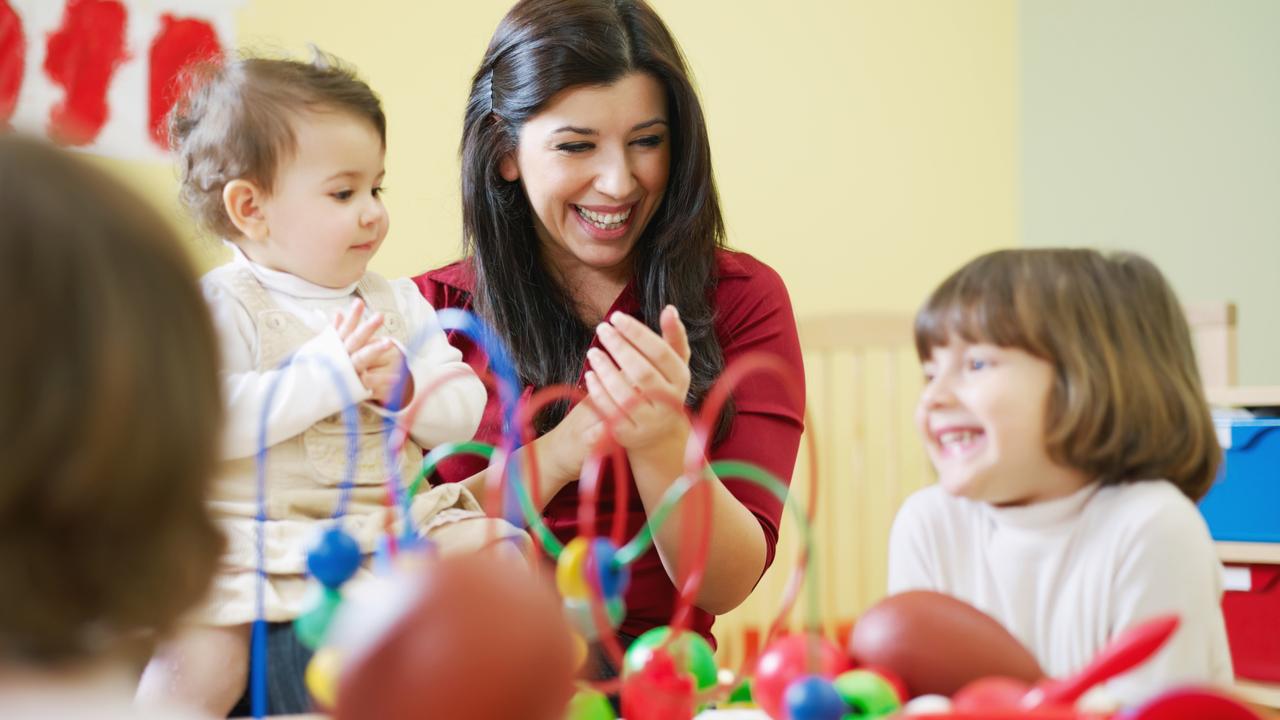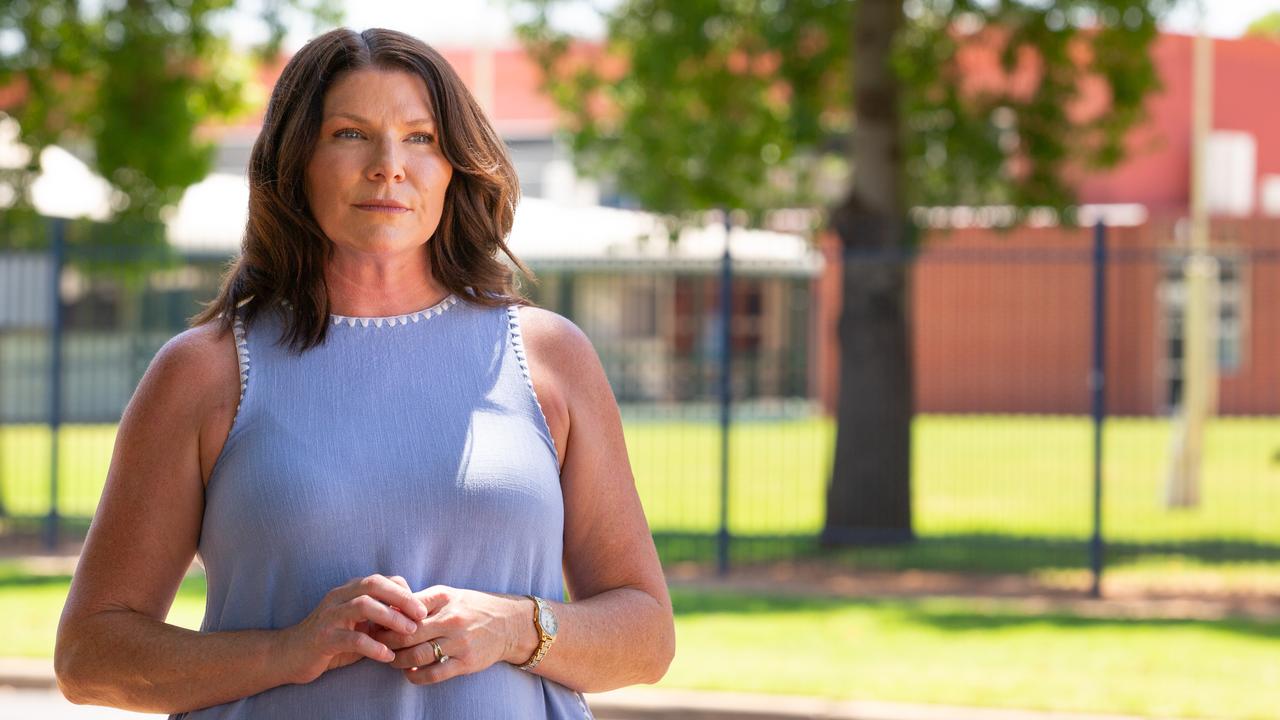Rankings highlight problems in reading levels for Australian primary schoolchildren
PRIMARY students have a "substantial problem" in reading, with 25 per cent failing to meet minimum standards for age in international tests.
PRIMARY students have a "substantial problem" in reading, with 25 per cent failing to meet the minimum standard for their age in international tests, while maths and science skills in primary and high school have stagnated over the past 16 years.
In the first international test of primary students, Australian year 4 students scored the lowest of the English-speaking nations in reading, ranked 27th out of 48 countries tested, comparable to Bulgaria, Slovenia and Lithuania.
The results, released tonight by the International Association for the Evaluation of Educational Achievement (IEA), show that in maths and science, Australia ranked 18th and 25th for year 4 students out of 52 countries tested.
High school students performed better, ranking in the top 10 for year 8 maths and science out of 45 countries.
But a high proportion of Australian students failed to meet the minimum standard for their grade in maths and science, between 29 and 37 per cent of year 4 and year 8, rising to more than 50 per cent of year 8 students in Tasmania and the Northern Territory for maths.
"Australia has a substantial 'tail' of underperformance. For such a highly-developed country, this level of underperformance is not acceptable and its minimisation should become a priority," the report says.
"More attention needs to be paid to extending students at the highest levels of achievement. In comparison to higher achieving countries, the proportion of Australian students at the high and advanced benchmarks is modest."
The leading nations in reading were Hong Kong, Russia, Finland and Singapore, while Singapore, Korea and Hong Kong students scored the highest in year maths and science.
At year 8, the top nations in maths were Korea, Singapore and Chinese Taipei, while Singapore scored significantly higher than other countries, with Taipei, Korea and Japan about 30 points behind.
The IEA has conducted four-yearly tests in maths and science among year 4 and year 8 students since 1995, known as Trends in International Mathematics and Science Study (TIMSS).
Reading tests, known as Progress in International Reading Literacy Study (PIRLS) have been conducted among year 4 students every five years since 2001.
The tests are based on school curriculum, testing the knowledge and skills students are expected to learn in their year level.
Australia has participated in TIMSS since its inception but 2011 was the first time Australian students sat the PIRLS tests.
Full results are available at www.acer.edu.au/timss


